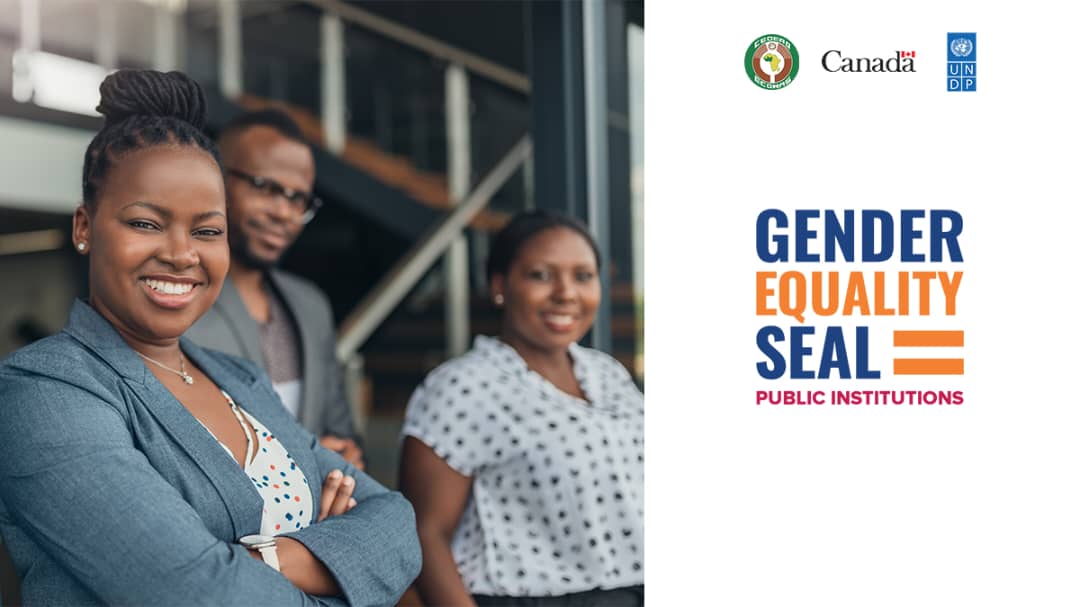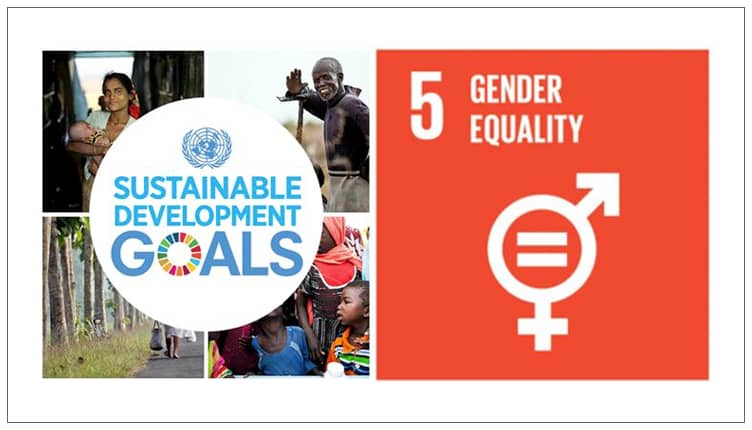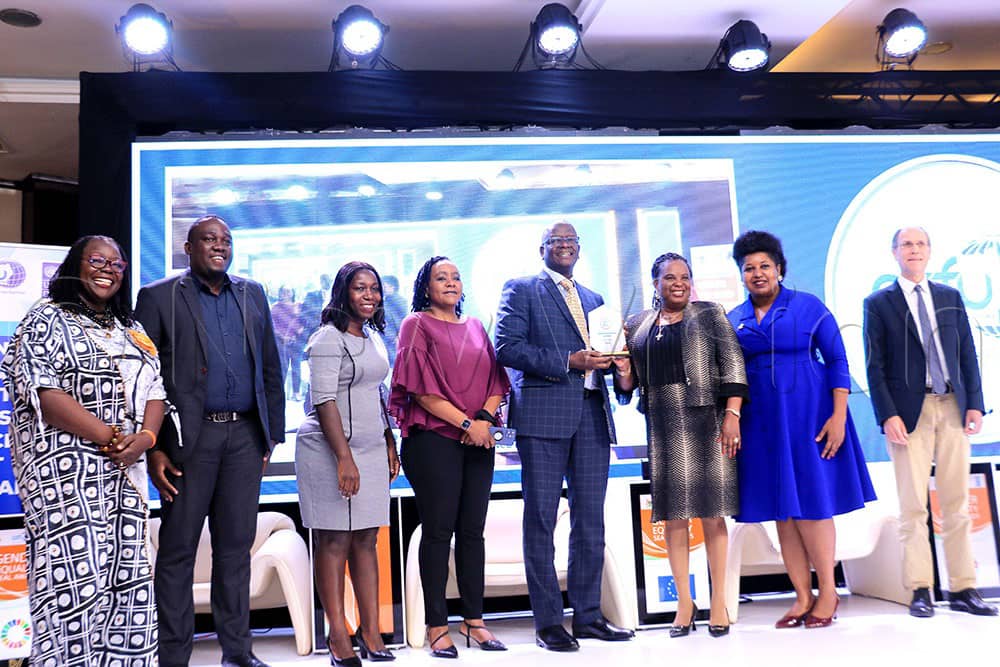Government of Uganda has tried to expand opportunities for both men and women, boys and girls not only as a human right but also as a means to sustainable inclusive development. This is noted from the gender responsive legal and policy environment aimed at reducing gender inequalities and vulnerabilities across different social, political and economic spheres.
Programs such as the Uganda Women Entrepreneurship Programme (an initiative by the government of Uganda aimed at improving access to financial services to women and equipping them with skills for enterprise growth), the national policy on elimination of gender based violence in Uganda (which aims at addressing negative cultural practices that limit opportunities for marginalized women and men) are some of the examples of government efforts. Some of the instruments at the international level include the convention on the elimination of all forms of discrimination against women for example the Beijing Platform of Action and the most recent one is the Global Agenda 2030 sustainable development goals (SDGs).
The national gender Policy of Uganda provides a legitimate point of reference for addressing gender inequalities at all levels of government and by all stakeholders. The major achievements of this policy include among others, increased awareness on gender as a development concern among policy makers and implementers at all levels, influencing national, sectoral and local government programs to address gender issues. However much as the policy has registered some achievements, a lot has to be done to address gender inequalities that still exist even among media and communication practitioners in different media houses.

Uganda is yet to embrace gender diversity within its media industry as statistics from African Center for Media Excellence(ACME) indicate women working in media industry comprise only 20%. The 2023 Gender Media Monitoring report by Uganda Media Women’s Association revealed that women make 25% of news sources quoted by different platforms. It revealed that women are sidelined in news sourcing especially by radio and television stations. The report analyzed 4,373 news articles and found that men dominated majority of news stories followed by writer unknown and then women.
Several journalists, reporters and communication professionals were asked their thoughts about gender inequalities and failure to implement the existing gender policies in Uganda media houses:
Emmanuel Tumusiime, a news reporter at Kabalega FM in Hoima City makes note of women’s lack of confidence and low self-esteem which he believes is a result of cultural upbringing and norms which instruct women to be secondary and submissive to men. This in turn has made it difficult for women to be employed in especially positions of power and therefore crippling the gender policy.
Pius Nsajja, a journalist and communication practitioner working with Human Rights Defenders in Kampala highlighted that women in media tend to gravitate towards what is commonly termed as “soft journalism” roles such as radio and TV presentation rather than towards roles that involve more demanding tasks, such as news production or field reporting, especially in high-risk situations like covering riots. He noted that this preference can sometimes limit their opportunities in certain newsroom roles.

Abdul Tumwesigye, a news reporter and presenter at Record FM Kampala, also pointed to cultural norms as a factor shaping the roles of female journalists in Uganda. He noted that traditional values instilled in women often limit them from taking on certain responsibilities, such as moderating political talk shows, with many instead assigned to entertainment, gossip, and fashion programs. This, he explained, presents challenges to achieving gender equality within the media industry.
Additionally, maternity leave policies present a significant challenge to gender equality in journalism, according to Sharon Kabakali, a recent journalism graduate working with Spice FM Hoima. She explained that employers often seek staff who are constantly available, while female journalists require three months of maternity leave after giving birth. This necessity can complicate hiring decisions, contributing to a persistent gender gap in the field.
Ugandan government has made efforts in bringing about gender equality and equity through various policies and program initiatives as stressed by Prof. Gorreti Linda Nassanga, a lecturer of gender in media and communication at Makerere University, but she makes it clear that a lot has to be done by government and civil society in the operationalization of existing laws and policies, transformation of norms and behavior and increased awareness, plus engaging men and boys in this issue in a bid to change their attitudes and beliefs towards women.
It is clear that while these cultural constraints limit women’s participation in various media roles, more can be done to address gender inequalities especially in the news rooms of different media houses such as promoting female voices by encouraging media outlets to increase the visibility of female experts and writers both in the news reporting and editorial columns.
Female journalists in critical spaces such as politics, economics and business can be enhanced, continuous monitoring can be done by regularly assessing gender representation in newsrooms to identify areas for improvement and continuously engaging stakeholders particularly media owners and leaders to invest in supporting women networks in the media industry at different levels. Such networks will help in mentoring the next generation of female journalists, business and editorial leaders.
Edrisa Ssentongo is a Media Practitioner




